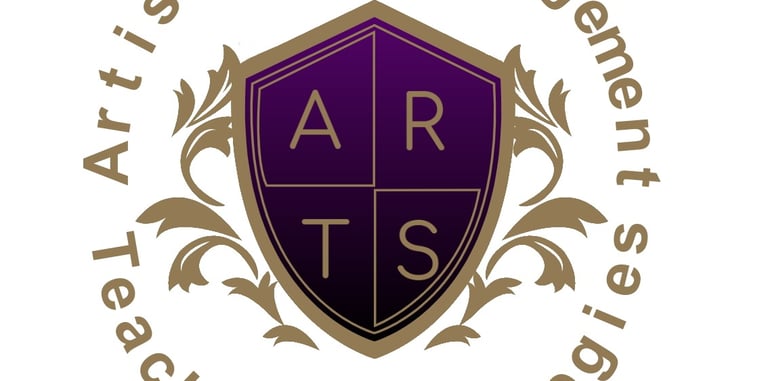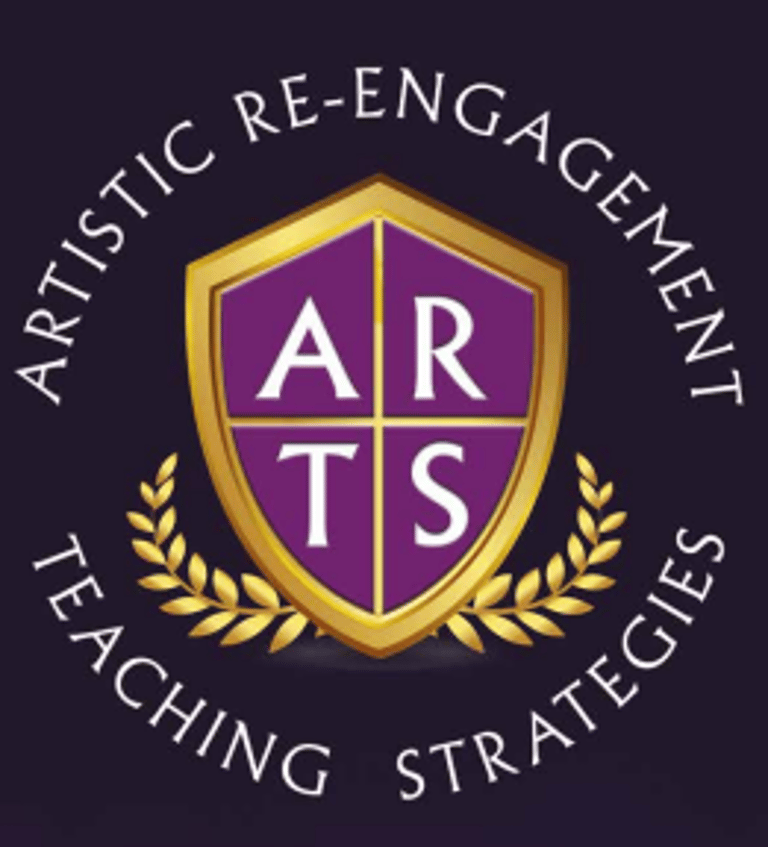


To Create: Self-worth, Opportunities & Compassion
Art curriculum overview
Key stage 3 Art has no national assessment at its conclusion. Pupil progress is monitored over this period to ensure that they achieve or exceed age related expected targets and that they are making progress.
In key stage 3 pupils are given a broad range of topics and artists to study. This enables them to develop their knowledge and consolidate their developing skills. Students are involved in using a range of media and learning new techniques in order to be creative and imaginative and allow them to express themselves more fully as individuals.
Throughout the Key Stage 3 program students are encouraged to develop their skills in all areas of Art and Design and are expected to meet targets as outlined in the National Curriculum for Art and Design.
In a pupils first term at A.R.T.S, time is spent getting to know the pupil’s capabilities by informal assessment before beginning a differentiated programme of study. In art, craft and design, students explore visual and tactile qualities of materials to communicate ideas and meanings. They work with traditional and new media, developing confidence, competence, imagination and creativity. They learn to appreciate and value images and artefacts across times and cultures, and to understand the contexts in which they were made. In art and design, students are encouraged through self assessment techniques to reflect critically on their own and other people’s work, judging quality , value and meaning. Students learn to think and act like artists, craftspeople and designers, working creatively and intelligently. They develop an appreciation of art, craft and design, and its role in the creative and cultural industries that enrich their lives.
A.R.T.S encourages live projects, community projects and opportunities for public Art exhibitions.
Students will learn the necessary skills to work creatively and semi-independently on art and design projects and techniques. At A.R.T.S art, craft and design lessons embody some of the highest forms of human creativity. The students are set tasks that are designed specifically to engage, inspire and challenge them, equipping them with the knowledge and skills to experiment, invent and create their own works of art, craft and design. As students progress to KS4 they should have an emerging ability to think critically and have a more rigorous understanding of art and design. Students should also at this stage know how art and design both reflect and shape our history, and contribute to the culture, creativity and wealth of our nation.
Art at key stage 4
At A.R.T.S all pupils studying Art and Design have an inclusive, broad and balanced art and design curriculum that ensures progress across all ability ranges. Projects allow skills to be developed in a range of areas; including painting and drawing, 3D construction, card sculpture and printing. Students focus on specific artists throughout the curriculum and learn about different cultures through the teaching of Art and Design classes. A.R.T.S will encourage pupils to engage with GCSE Art at year 9. All students are supplied with all art materials required for the course.
What can I expect?
- A 100% practical course
- Fun, creativity and exploration
- Self expression and pride
- The opportunity and encouragement to work with a wide variety of art equipment
- To be influenced by other artists and cultures
- To work in a variety of styles ensuring that you are continually challenged to achieve your maximum potential
- Teacher led demonstrations and new found techniques, in a safe, caring and fun environment.
How is Art assessed?
Pupils create a portfolio selected from work undertaken during the course. The portfolio must include one extended project and other pieces of work. This unit is worth 60% of the overall mark (100%) of GCSE.
The externally set GCSE task (examination).
Students are allowed a preparation period of about 5/6 weeks in order to gather their research and work towards a final piece (or pieces). Students will be fully supported and guided by their Art teacher during this time by weekly 1:1 sessions ensuring they are on track. Students then sit a 10 hour examination (spread across 3 days) to enable them to produce their final piece(s) to their chosen starting point. This unit is worth 40% of the overall mark (100%) GCSE work will be exhibited and open for parents/carers to view after external moderation has been concluded.
What makes a good Art Student?
Someone who is creative, imaginative and capable of generating their own thoughts, ideas and opinions
- Someone who is dedicated and hardworking and listens to teacher advice
- Someone who is able to focus upon an area of study for a sustained period of time
- To be able to direct your own coursework based on a given theme
Where can Art lead?
- Designer
- Community Artist
- Teacher
- illustrator
- Tattooist
- Animator
- Curator
All of the skills which are continually utilised in Art like being a good self-manager, an independent enquirer and a creative thinker are life-long skills which are essential in many walks of life.








